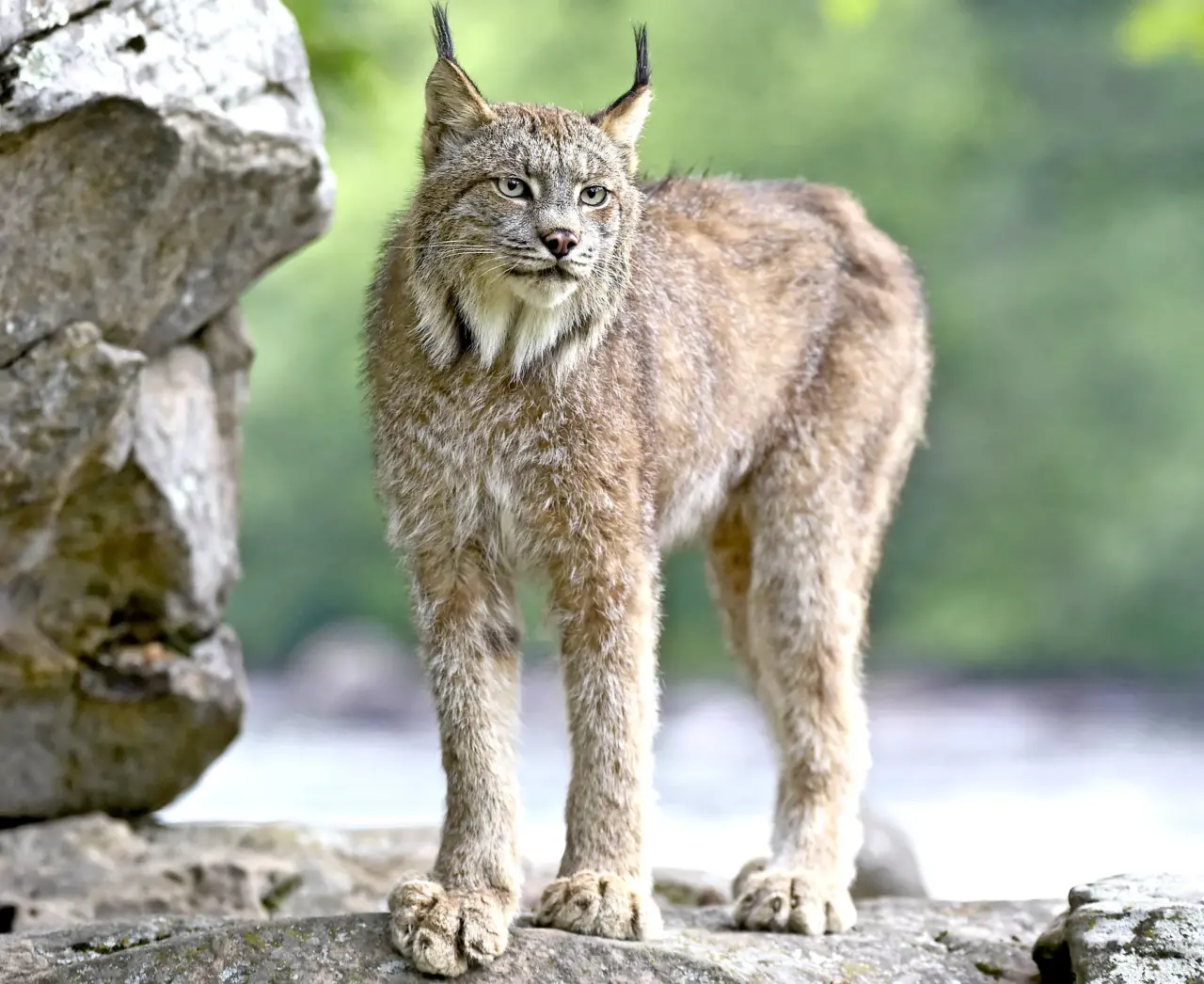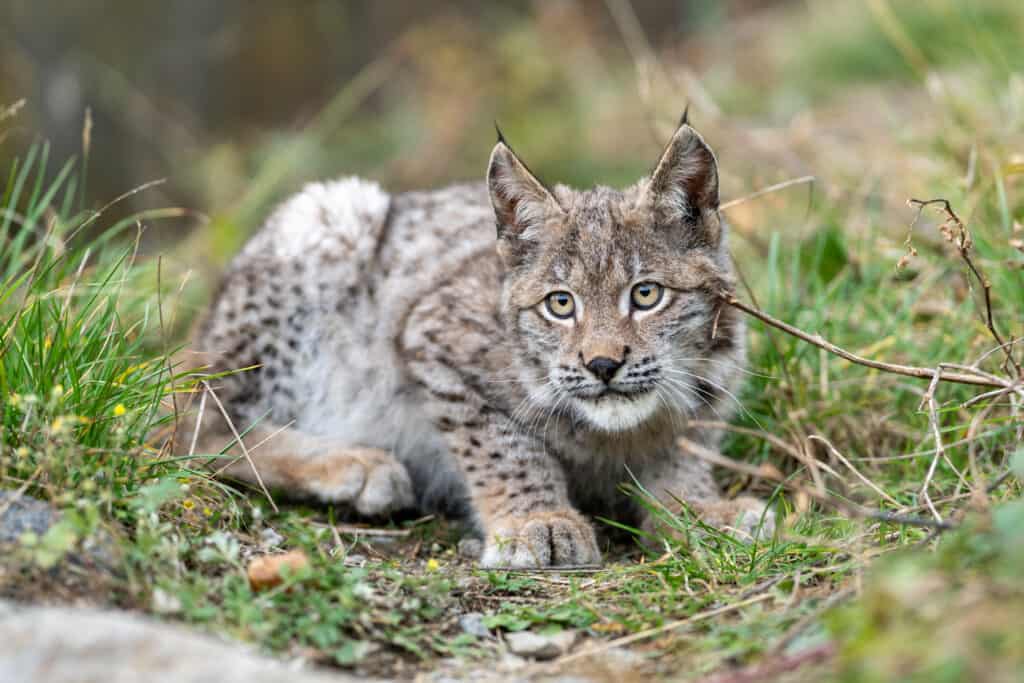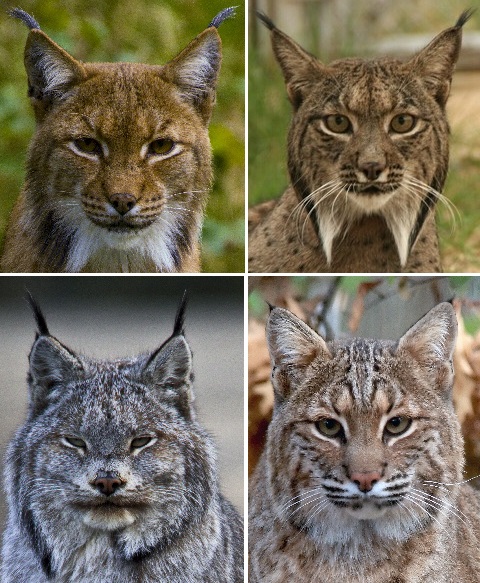
A lynx, which is suspected to be the notorious “Beast of Bodmin”, has been discovered by a museum in the UK. The discovery provides evidence that large cats once lived in rural areas, however, it does not definitively prove the existence of the fabled Beast of Bodmin.


Don’t forget to subscribe to The Independent’s email newsletter to stay up-to-date on our latest news, events, and deals. We prioritize your privacy and will abide by our privacy policy.
During the summer months, it’s not uncommon to hear stories of sightings of big cats roaming around the UK countryside. These tales are often dismissed as the exaggerations of imaginative or eccentric people, but recent evidence suggests that there may indeed be a large predatory cat similar to the infamous Beast of Bodmin, which was spotted over a hundred years ago.

The Bristol Museum and Art Gallery has announced an incredible discovery of a stuffed Canadian lynx from the early 1900s, which is believed to be the earliest known example of an “alien big cat” in the British Isles. This creature, which is twice the size of a domestic cat, was hunted by a Devon landowner after it killed two dogs. Researchers from four UK universities have examined the remains of the animal and concluded that it may have been part of a traveling menagerie, as exotic animals were often included in such shows before the advent of zoos. The analysis of the lynx’s teeth and plaque further suggests that the animal was kept in captivity before being released. Dr Ross Barnett, the lead researcher from Durham University’s Department of Archaeology, explained that this feral lynx from Edwardian times provided solid evidence that exotic felines have occasionally been present in British fauna for over a century, albeit rarely.

At present, there is no proof to validate the notion that large felines can procreate in the wild in Britain. Nonetheless, a breed similar to the Canadian Eurasian Lynx once lived in the UK before disappearing in the 7th century. A recent research published in Historical Biology discredits another prominent theory regarding the existence of big cats in Britain. It was previously believed that all these creatures were let loose after the Wild Animals Act of 1976 was implemented, which prohibited the possession of exotic pets. However, Dr. Darren Naish from the University of Southampton, who co-authored the study, proposes that such animals may have escaped at different times in history. Reports of sightings of exotic big cats were documented before 1976, making it improbable that a single law is responsible for their release in the UK.

Large feline animals are still being spotted in various parts of the UK. The British Big Cat Society conducted a research study which revealed that 2,123 sightings were recorded between April 2004 and July 2005, with most reports coming from the South West region. Last year, a couple on vacation near Clacton-on-Sea in Essex reported sight of a large feline creature which triggered a massive search operation involving firearms officers, thermal imaging equipment on a helicopter, and experts from Colchester Zoo. Unfortunately, the animal was never found. The Ministry of Agriculture investigated the Beast of Bodmin in 1995, but no “verifiable evidence” of a large cat on the loose was found despite footprints and suspected livestock kills being discovered. However, in 1980, a farmer found Felicity the puma in Aberdeenshire, and in 1993, a leopard was reportedly killed while attacking chickens on the Isle of Wight.




